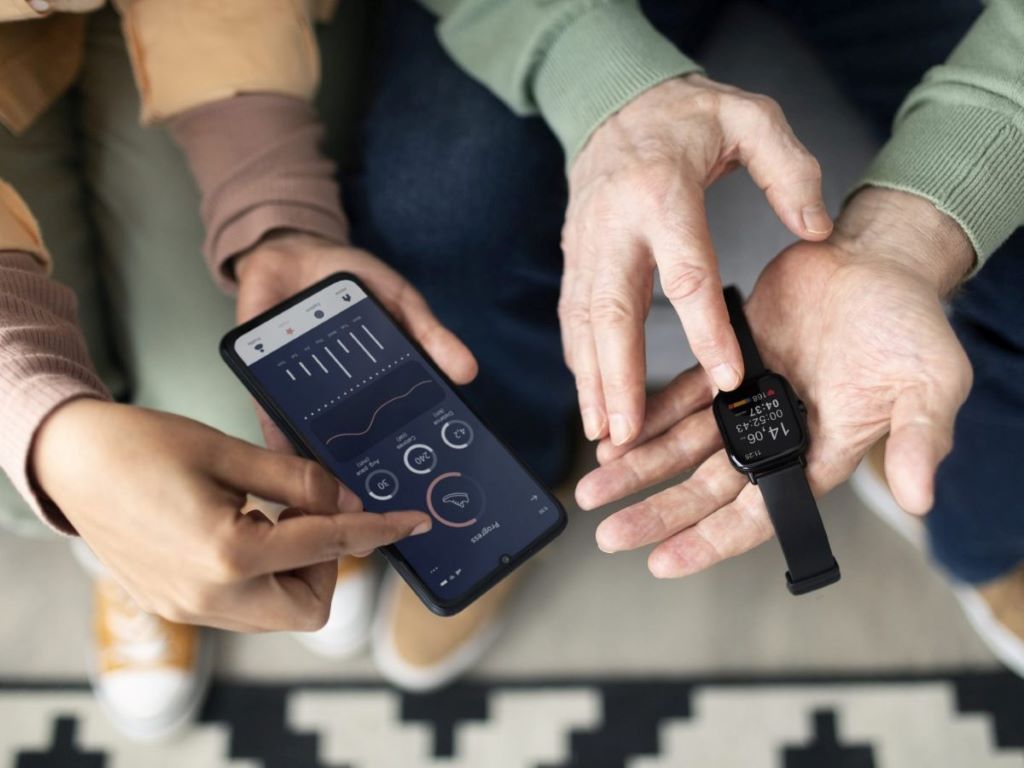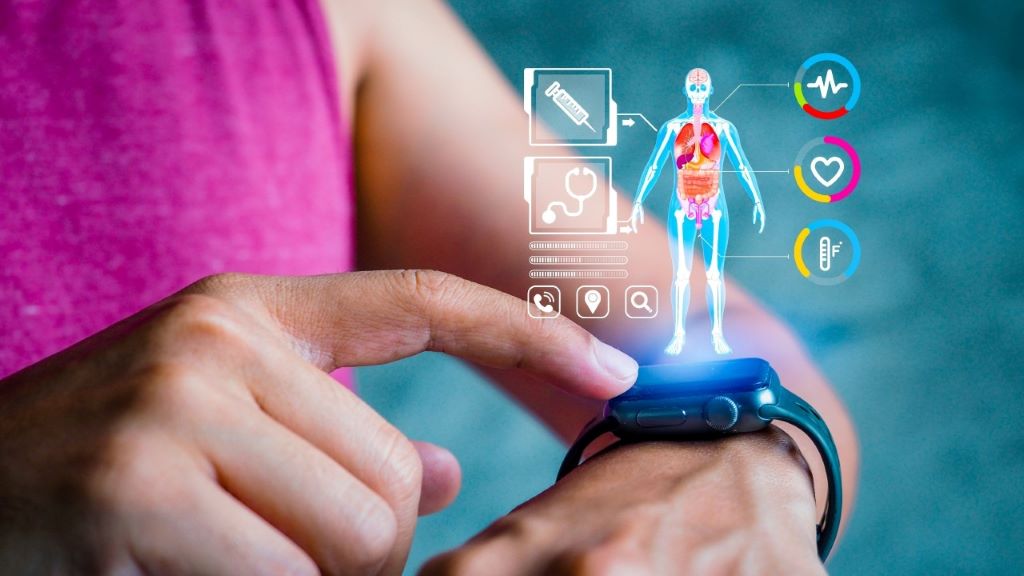
Wearable Tech And Fitness: Your Guide to Health Improvement with Devices
Wearable technology has revolutionized the fitness industry. Smartwatches, fitness trackers, and health-monitoring devices help individuals track performance, set goals, and maintain a healthy lifestyle. In this guide, we explore how wearable tech enhances fitness, its pros and cons, expert opinions, and the best devices on the market.
How Wearable Tech Improves Health & Fitness
-
Real-Time Health Tracking
Modern wearables monitor heart rate, blood oxygen levels, sleep cycles, and even stress levels. According to a 2023 study by the American Heart Association, individuals using fitness trackers increased their daily step count by an average of 2,000 steps. This improvement reduces the risk of cardiovascular diseases by 35%.
-
Personalized Fitness Insights
AI-driven wearables analyze user data and offer personalized fitness recommendations. Fitbit and Apple Watch users report improved workout efficiency due to AI-guided exercise programs.
-
Motivation & Accountability
Studies show that users tracking progress with wearables are 40% more likely to achieve their fitness goals. Smartwatches and fitness bands provide daily movement reminders and goal-setting features that enhance accountability.
-
Injury Prevention & Recovery
Advanced wearables like WHOOP analyze strain levels and recovery patterns, helping athletes avoid overtraining. This technology ensures workouts remain effective without increasing injury risk.

Trending Question: Is Wearable Tech Essential for Fitness?
Wearable tech enhances fitness routines but isn’t mandatory. Beginners benefit from tracking steps and heart rate, while athletes use advanced metrics for performance optimization. According to a Harvard Health report, wearable users exercise 30% more than non-users. However, some argue that traditional training methods remain effective without tech dependency. The best approach combines both—listening to your body while utilizing data-driven insights.
Top Wearable Fitness Devices Reviewed
-
Apple Watch Series 9
⭐ Rating: 4.8/5
✔ Best for comprehensive health tracking, ECG monitoring, and fitness coaching.
✖ Expensive and requires an iPhone.
-
Fitbit Charge 5
⭐ Rating: 4.5/5
✔ Affordable, great for sleep tracking, and features built-in GPS.
✖ No music storage, and smaller screen.
-
Garmin Forerunner 955
⭐ Rating: 4.7/5
✔ Excellent for serious runners, advanced GPS, and training analytics.
✖ Bulkier design compared to other wearables.
-
WHOOP 4.0
⭐ Rating: 4.6/5
✔ Best for recovery tracking, strain analysis, and no screen distractions.
✖ Monthly subscription required.
Expert Tips for Using Wearable Fitness Devices
- Set Realistic Goals: Use data insights to establish achievable fitness milestones.
- Analyze Trends, Not Just Daily Stats: Focus on long-term improvements rather than single-day variations.
- Integrate with Other Health Apps: Sync your wearable with MyFitnessPal or Strava for comprehensive tracking.
- Balance Data with Body Signals: Don’t ignore how you feel physically despite what the metrics say.
- Regular Updates: Keep firmware updated to enhance accuracy and security.
Pros & Cons of Wearable Tech for Fitness
Pros:
Improved Health Awareness: Users gain insights into heart health, sleep patterns, and activity levels.
Personalized Workouts: AI-based training suggestions help optimize performance.
Real-Time Monitoring: Continuous tracking alerts users to abnormal health metrics.
Enhanced Motivation: Gamification and goal setting encourage consistency.
Connectivity: Syncing with fitness apps allows for better data analysis.
Cons:
Privacy Concerns: Wearables collect sensitive health data, raising security issues.
Battery Life Limitations: Frequent charging disrupts continuous tracking.
High Costs: Premium devices like Apple Watch Ultra can be expensive.
Inaccuracy Risks: Budget wearables may have inconsistent readings.
Over-Reliance on Tech: Users may depend too much on data rather than body intuition.
Addressing Common Misconceptions
Some critics argue wearables promote dependency rather than discipline. While valid, this concern overlooks the educational aspect. Devices teach users about their bodies, fostering self-awareness. Others worry about accuracy, but advancements continue closing gaps between lab tests and wearable readings.
Read More: Why Does My Stamina Never Improve? Common Causes and Solutions
Frequently Asked Questions (FAQs)
-
Do fitness trackers improve workout performance?
Yes, they provide data on heart rate zones, calorie burn, and exercise intensity, helping users optimize workouts.
-
Which wearable tech is best for weight loss?
Devices with calorie tracking, like Fitbit Charge 5 and Apple Watch, aid weight loss by monitoring activity and food intake.
-
How accurate are fitness trackers?
Premium devices like Garmin and WHOOP have higher accuracy, but cheaper options may have slight inconsistencies.
-
Can wearables detect serious health conditions?
Some devices monitor ECG and oxygen saturation levels, which may help detect heart irregularities, but they are not replacements for medical exams.
-
Are wearables suitable for seniors?
Yes, many smartwatches offer fall detection, heart monitoring, and emergency alerts, making them beneficial for older adults.
-
What’s the best fitness wearable for athletes?
Garmin Forerunner and WHOOP excel in tracking athletic performance, recovery, and advanced metrics.
-
Do wearables have radiation risks?
Wearables emit low-level non-ionizing radiation, similar to Bluetooth headphones, which is considered safe by health experts.
Final Thoughts
Wearable tech is a game-changer in fitness. Whether you’re a beginner or a pro, these devices offer valuable insights, motivation, and accountability. Choosing the right wearable depends on your goals, lifestyle, and budget. Prioritize accuracy, features, and comfort to make the most out of your fitness journey.
Read More: Five Technology Trends You Should Know

Average Rating